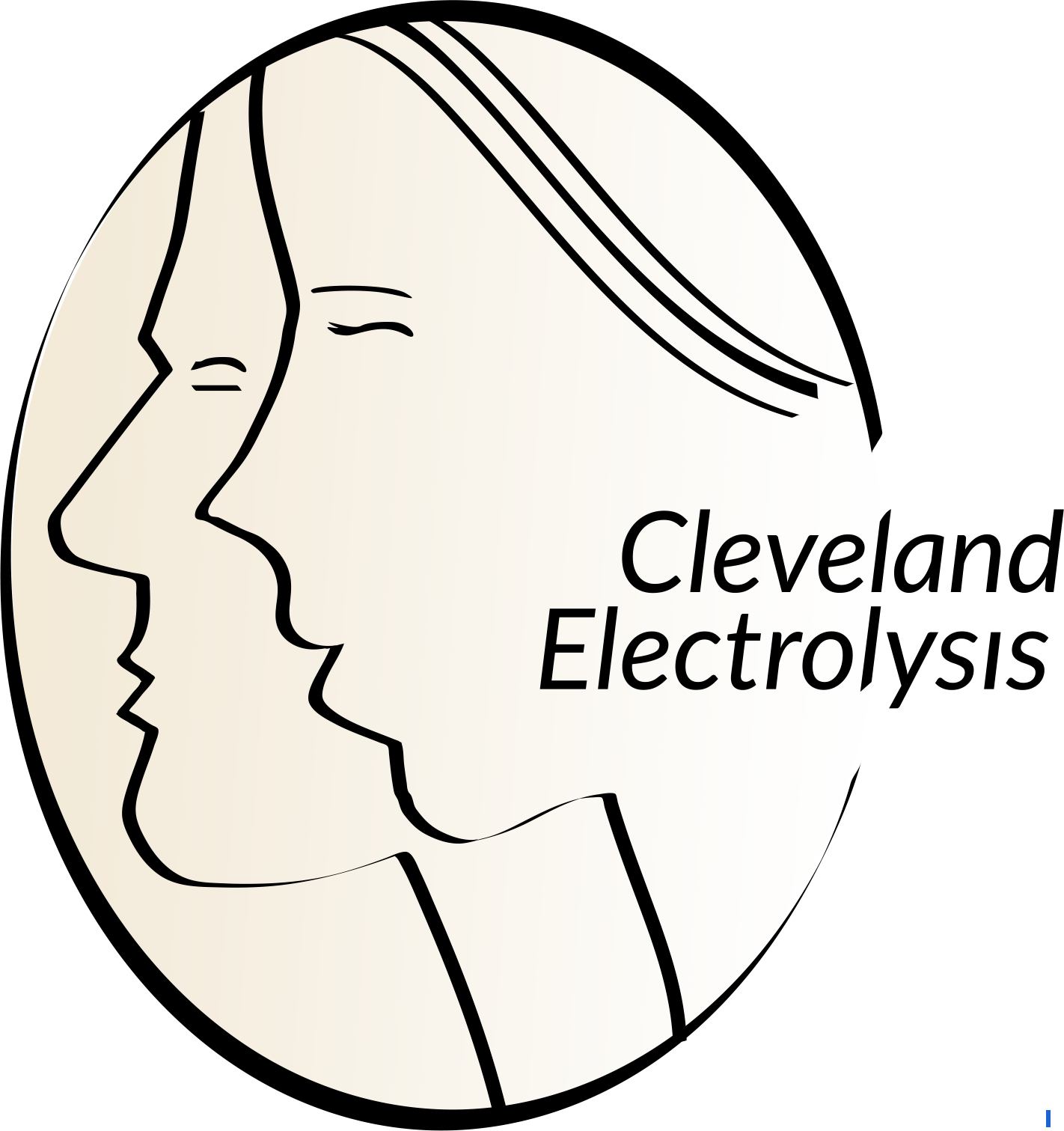
Finding Balance: A Blog for Healthy Living
Polycystic Ovary Syndrome: Many Women Are Affected
June 6, 2018
Affecting an estimated 7-10% of all females, polycystic ovary syndrome (PCOS) is the most common hormonal disorder in women. Surprisingly, this very pervasive condition often goes undiagnosed. Women with PCOS are often plagued with fertility issues, so may discover that they have the condition only after they fail to become pregnant. Many affected women also experience irregular or absent menstrual cycles, excess facial or body hair growth, unusual or severe acne, and/or rapid weight gain. Because PCOS is not widely discussed, women may refrain from mentioning some of the more embarrassing cosmetic signs, such as excess facial hair, with their gynecologist or primary care doctor.
Causes
The actual causes of the disorder are complicated and not fully understood. In all affected women, the ovaries produce an excess amount of testosterone. They are stimulated to do so by an overproduction of regulatory hormone in the hypothalamus.

Obesity also increases the risk of developing PCOS. In overweight individuals, body cells can become resistant to the hormone insulin, resulting in chronically high blood sugar levels. (For more information, see Cleveland Electrolysis Blog: The Link Between Diet and Hirstutism.) High levels of insulin, in turn, stimulate the ovaries to produce more testosterone.
Effects
Regardless of the cause, an abundance of testosterone can have several undesirable effects, including unwanted hair growth on the face and body, thinning scalp hair, and acne. Testosterone can also prevent the ovaries from ovulating on a monthly basis, thus resulting in fertility issues. Additionally, PCOS has been linked to high blood pressure, high cholesterol, cardiovascular disease, type 2 diabetes, abnormal uterine bleeding, endometrial cancer, and depression.
Interestingly, the name of the disorder is somewhat misleading, with only 15% of affected women experiencing detectable cysts on the ovaries. These ‘cysts’ are actually immature eggs which have failed to fully develop. The immature eggs are often situated around the periphery of the ovary and can may be detected as a ‘string of pearls’ with ultrasound imaging.
Management
The symptoms of PCOS can be managed in a number of ways. Since obesity may increase the severity of the disorder, diet and exercise can help to improve the effects of the disease. Birth control pills may be prescribed to regulate the menstrual cycle and, in some cases, to help control facial hair growth. Other medications may be prescribed to encourage ovulation.
Many women with PCOS are candidates for electrolysis. For affected individuals, electrolysis can be a valuable tool in helping to manage unwanted facial hair growth. Women who follow a regular and consistent treatment plan - and who seek medical help in managing the underlying condition - tend to experience the best results with regard to minimizing excess facial hair.
Sources
Dunaif, A., Fauser, B.C. (2013). Renaming PCOS – a two state solution. Journal of Clinical Endocrinology and Metabolism. 98(11): 4325-8. [Online Article] Retrieved from: https://academic.oup.com/jcem/article/98/11/4325/2834812
Mayo Clinic. Polycystic Ovary Syndrome [Online Article] Retrieved from: https://www.mayoclinic.org/diseases-conditions/pcos/symptoms-causes/syc-20353439
Office on Women’s Health. Polycystic Ovary Syndrome [Online Article] Retrieved from: https://www.womenshealth.gov/a-z-topics/polycystic-ovary-syndrome